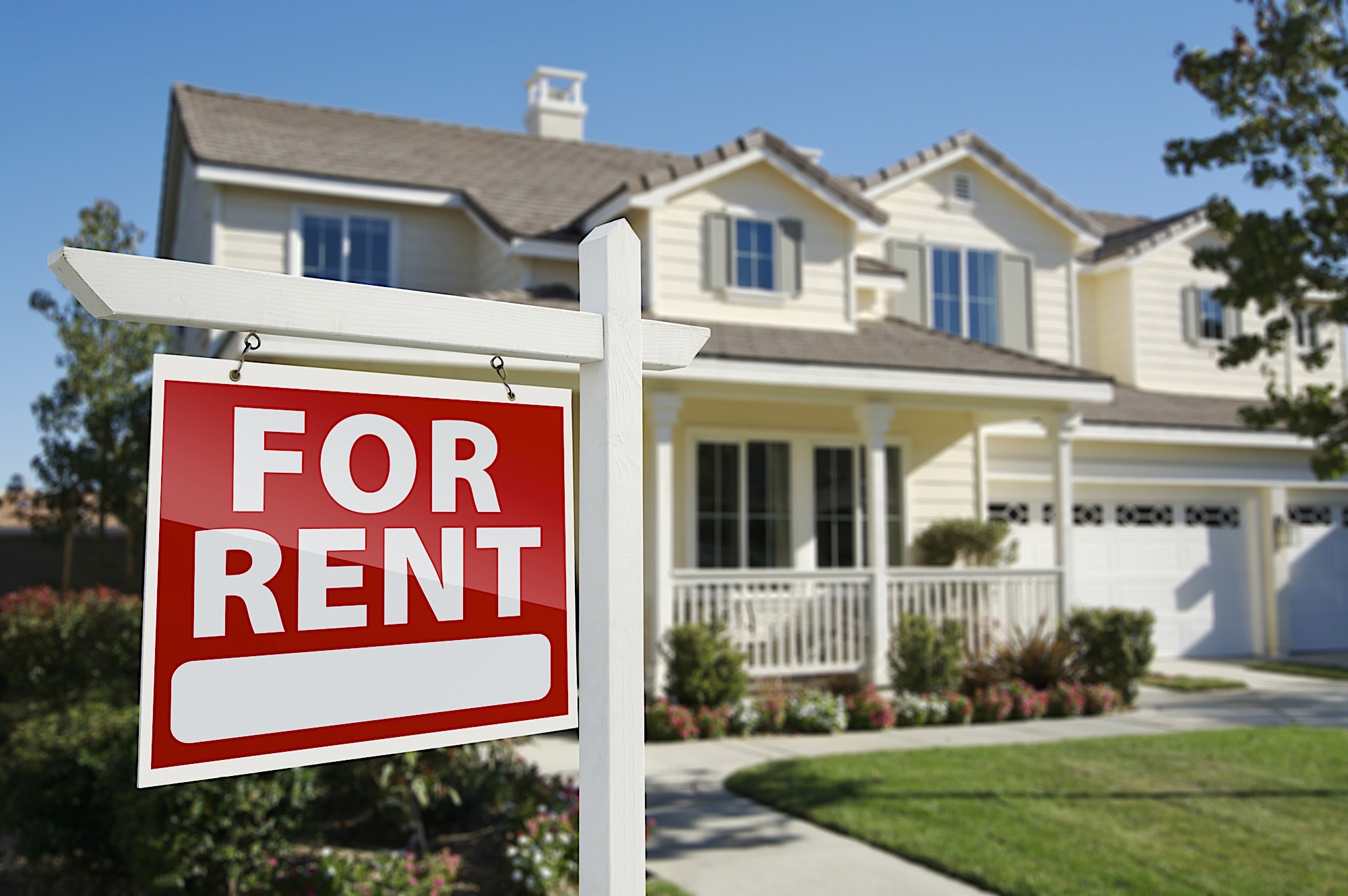Having a good deal fall on your lap is only beneficial if you know what to do with it. There will be times in your business when you will be presented with what appears to be a solid deal. Without even thinking you rush to take ownership with the intention of just figuring it out as you go. Buying real estate like this without a plan may work occasionally, but eventually you will get stuck without an exit strategy. As good as a new deal may appear if you don’t have an exit strategy on the way in you will find yourself scrambling for answers. Your exit strategy will influence the type of work you do, how much you will spend and even other properties in your portfolio. Instead of rushing to a new deal, take your time and figure out your exit strategy before getting too involved. Here are four common exit strategies for any type of deal.
- Sale to end buyer. If you want to maximum the return on your investment you should look to sell to an end buyer. This strategy doesn’t work on every transaction but should be the first thing you look for. Under this scenario you buy the property, make renovations or improvements and look to list on the open market. If done right your property should appeal to a wide pool of buyers, giving you the highest possible sales price. The key with this strategy is making the right improvements for the market. Where many rehabbers go wrong is updating to their personal taste rather than the market. You may like certain colors, designs or fixtures but if they aren’t in line with the market you will not attract buyers. Knowing that you plan on selling to an end buyer allows you to make cost effective updates with a short-term goal in mind.
- Wholesale. There are times when you don’t have the time, capital or energy to start a full-blown rehab. Even though you may be leaving some money on the table it may be best to look for a quick sale and move on. When wholesaling or selling to a fellow investor there needs to be enough upside to make the transaction appealing. It is important to keep this in mind prior to even making an offer. A good deal for you may not make sense to a fellow investor after any closing costs, taxes and fees are factored in. On the flip side if there is enough potential equity you should be able to find an end investor who will give you a fee, or in some cases a percentage of the profits, and move out of the way. You won’t hit a home run with the property, but you can still earn on the deal without the financial or time commitment.
- Rent. Not every property is a good rehab candidate. Some acquisitions work better as a buy and hold rental. The idea rental property should be in a desirable market, with strong demographics and appropriate amenities. If the property is too big or too small for the market you will have a tough time finding tenants. Knowing that you want to rent the property allows you to make improvement that work with your budget. Instead of trying to attract an end buyer with top of the line countertops and flooring you can look for durable items that will hold up over the years. This doesn’t mean you can’t look for quality, but you want items that you won’t have to update or even replace after just a few years. Going into the property knowing you are going to rent also allows cuts down on your wait time and even pushes you to look for properties in better condition. A few quality rental properties will completely change your portfolio for the better.
- Short term rental. Buying a rental property doesn’t mean you have to own it for the next twenty years. Owing any property free and clear is the ultimate goal for any owner but there are times when you want to liquidate and move on. It is ok to plan on owning for just a few years and see which way the market turns. At that point if you like the way things are going, the cash flow is strong and there are no glaring needs with the property you can continue to rent. If you have enough equity you can explore the option of refinancing and taking cash out or possibly adding a second mortgage. This allows you to take advantage of your equity while still generating cash flow and retaining ownership. Because you are adding a new loan your cash flow will be reduced but you have available capital to do with what you please.
Things change in the real estate world all the time. A vision you have for a property at the start of a rehab can quickly change once you start knocking down walls. As important as it is to be flexible and open minded you also need to have some kind of plan in place before you get started. You can always shift gears, but your plan will push you back on track if you get lost. Without knowledge of all your exit strategies and options you are playing with fire.






